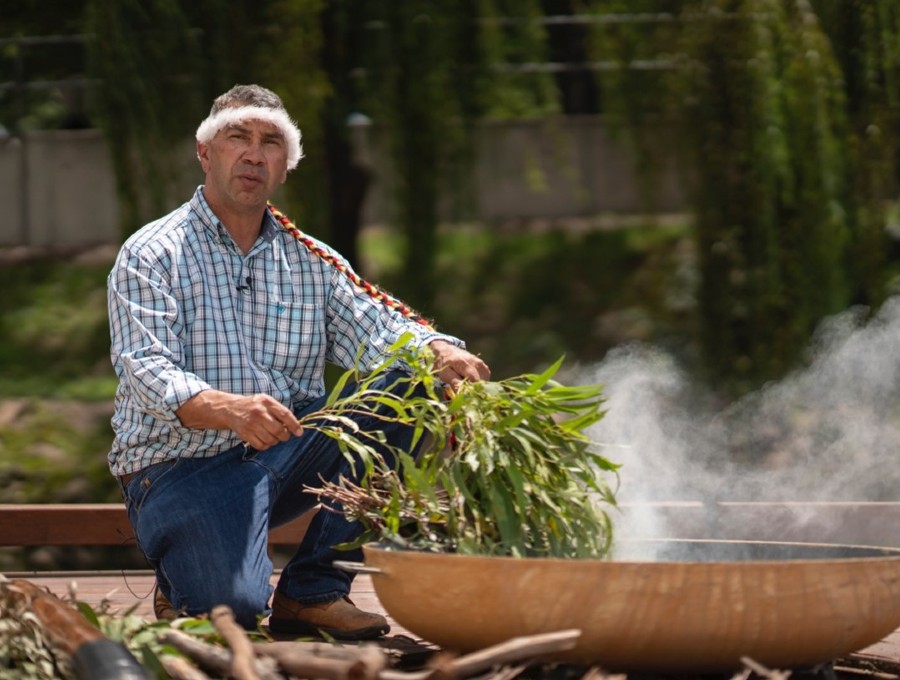A First Nations Voice to Parliament protected by the Constitution is a key element of the Uluru Statement from the Heart.
The 2023 referendum for constitutional recognition of Aboriginal and Torres Strait Islander people is on Saturday 14 October 2023.
The referendum question is
A Proposed Law: to alter the Constitution to recognise the First Peoples of Australia by establishing an Aboriginal and Torres Strait Islander Voice. Do you approve this proposed alteration?
The new chapter and section to be added to the constitution are:
Chapter IX Recognition of Aboriginal and Torres Strait Islander Peoples
S 129 Aboriginal and Torres Strait Islander Voice
In recognition of Aboriginal and Torres Strait Islander peoples as the First Peoples of Australia:
- There shall be a body, to be called the Aboriginal and Torres Strait Islander Voice;
- The Aboriginal and Torres Strait Islander Voice may make representations to the Parliament and the Executive Government of the Commonwealth on matters relating to Aboriginal and Torres Strait Islander peoples;
- The Parliament shall, subject to this Constitution, have power to make laws with respect to matters relating to the Aboriginal and Torres Strait Islander Voice, including its composition, functions, powers and procedures.
These cards explain the question and the addition to the constitution. We vote on this on Saturday 14 October.
Click on the image or here to get print files for these cards
What is a referendum
This Australian Electoral Commission video explains.
Skip to:
- Why do we need a First Nations Voice?
- How do we get a First Nations Voice to Parliament?
- What work has been done so far?
- What will be added to the Constitution?
- Guiding principles of the Voice
- Do Australians want change?
- Common myths and misbeliefs
- Multilingual information
- See learning resources and information
Why do we need a First Nations Voice?
A Voice to Parliament will give Indigenous communities a route to help inform policy and legal decisions that impact their lives. Giving people a say will lead to more effective results.
Embedding a Voice in the Constitution would recognise the special place of Aboriginal and Torres Strait Islander people in Australia’s history, but importantly would also mean that it can’t be shut down by successive Governments.
This is important because Aboriginal and Torres Strait Islander people and bodies have called for voice for close to 100 years.
How do we get a First Nations Voice to Parliament?
We need a Referendum. This is a bit like an election, but instead of voting for people to be Members of Parliament, Australia will be asked to answer a simple question – like the one proposed by the Prime Minister – with a YES or a NO.
For a referendum to be successful it requires a majority of voters across the nation and a majority of voters in a majority of states – this is known as a double majority.
What work has been done so far?
The Voice was proposed in the Uluru Statement from the Heart.
It was presented to the nation five years ago on 26 May 2017 by delegates to the First Nations National Constitutional Convention, held over four days near Uluru in Central Australia.
The 250-member convention was held after the 16-member Referendum Council had travelled around the country and met with over 1,200 people.
The Uluru Statement from the Heart calls for “… the establishment of a First Nations Voice enshrined in the Constitution and a Makarrata Commission to supervise a process of agreement-making and truth-telling about our history.”
In the five years since the release of the Uluru Statement from the Heart, a Joint Select Committee has considered the proposal.
An Indigenous Voice Co-design process outlined, in detail, options for how a Voice could work.
Further work will continue in partnership with Aboriginal and Torres Strait Islander people about what will go forward and ultimately the Australian people will be asked to support an Indigenous Voice to Parliament being enshrined in our Constitution.
What will be added to the Constitution?
This referendum will give Australians the chance to write a new chapter into our Constitution. This is the new chapter and section:
Chapter IX Recognition of Aboriginal and Torres Strait Islander Peoples
S 129 Aboriginal and Torres Strait Islander Voice
In recognition of Aboriginal and Torres Strait Islander peoples as the First Peoples of Australia:
- There shall be a body, to be called the Aboriginal and Torres Strait Islander Voice;
- The Aboriginal and Torres Strait Islander Voice may make representations to the Parliament and the Executive Government of the Commonwealth on matters relating to Aboriginal and Torres Strait Islander peoples;
- The Parliament shall, subject to this Constitution, have power to make laws with respect to matters relating to the Aboriginal and Torres Strait Islander Voice, including its composition, functions, powers and procedures.
Guiding principles of the Voice
Senior Counsel and referendum working group member Tony McAvoy outlined the principles that might be held about the proposed advisory body.
- The Voice will give independent advice to the Parliament and Government
- It will be chosen by Aboriginal and Torres Strait Islander people based on the wishes of local communities
- It will be representative of Aboriginal and Torres Strait Islander communities, gender-balanced and include youth
- It will be empowering, community-led, inclusive, respectful and culturally informed
- It will be accountable and transparent
- It will work alongside existing organisations and traditional structures
- It will not have a program delivery function
- It will not have a veto power.
See more information on the Voice Design Principles.
Do Australians want change?
Reconciliation Australia’s work consistently shows the public is on board when it comes to Aboriginal and Torres Strait Islander people having a say, and that we want governments to step up too.
The Australian Reconciliation Barometer – our two-yearly survey on attitudes to reconciliation – shows consistent and strong support.
- 80% of the general Australian community believe the creation of a national representative Indigenous body is important
- 86% of Aboriginal and Torres Strait Islander people believe it is important
- 79% of general community believe such a body should be protected under the constitution.
- 87% of Aboriginal and Torres Strait Islander people believe such a body should be protected under the constitution.
Aboriginal and Torres Strait Islander people can no longer see their right to have a say, their right to be heard at the highest levels of law in this country, continue to be a political football tossed between successive governments.
See the growing number of RAP organisations who have come out in support of Voice.
80% of the general community believe it is important to protect an Indigenous Body within the Constitution, so any government can’t remove it.
Common myths and misbeliefs
Right now, there are a number of myths and misconceptions in circulation about the Voice, potentially causing confusion among interested people.
Shelley Reys has created this video for those who want to understand the innate value of a Voice but more specifically, have their concerns addressed with factual information, without judgement.
Other sources on myths and disinformation
- The Australian Electoral Commission has its own disinformation register which lists prominent pieces of disinformation.
- RMIT has listed seven common confusions about the referendum.
- Watch Fact-checking the Voice Debate from RMIT FactLab & AAP FactCheck.
Multilingual information
Resources and information in Aboriginal and Torres Strait Islander languges on the referendum and the Voice.
Multilingual resources: social media toolkits, videos and translated information in up to 45 languages other than English on referendum and the Voice.
Get up to speed with the info below
Check out the links below for resources and information suitable for you and your family, or community and sporting groups, students and workplaces.
- Read the official Referendum 2023 Yes/No Pamphlet from the Australian Electoral Commission
- Learn more about an Indigenous Voice to Parliament through the Interactive Digital Learning Platform at ulurustatement.org
- Read information on the Uluru Statement from the Heart at: ulurustatement.org
- Find out more from the Yes Campaign
- Watch this video explainer on the Voice to Parliament from ABC News Video Lab
- Watch Minister Burney’s Press Club Speech and follow-up questions
- The Solicitor General’s Advice on the Voice to Parliament
- The Voice and human rights from the Australian Human Rights Commission
- Read about the 100-year history of calls for representation and a voice
- See how you can start a conversation group
- Read the Indigenous Voice Co-design report
- Read the 2018 Joint Select Committee Report
- Read the 2022 Australian Reconciliation Barometer




